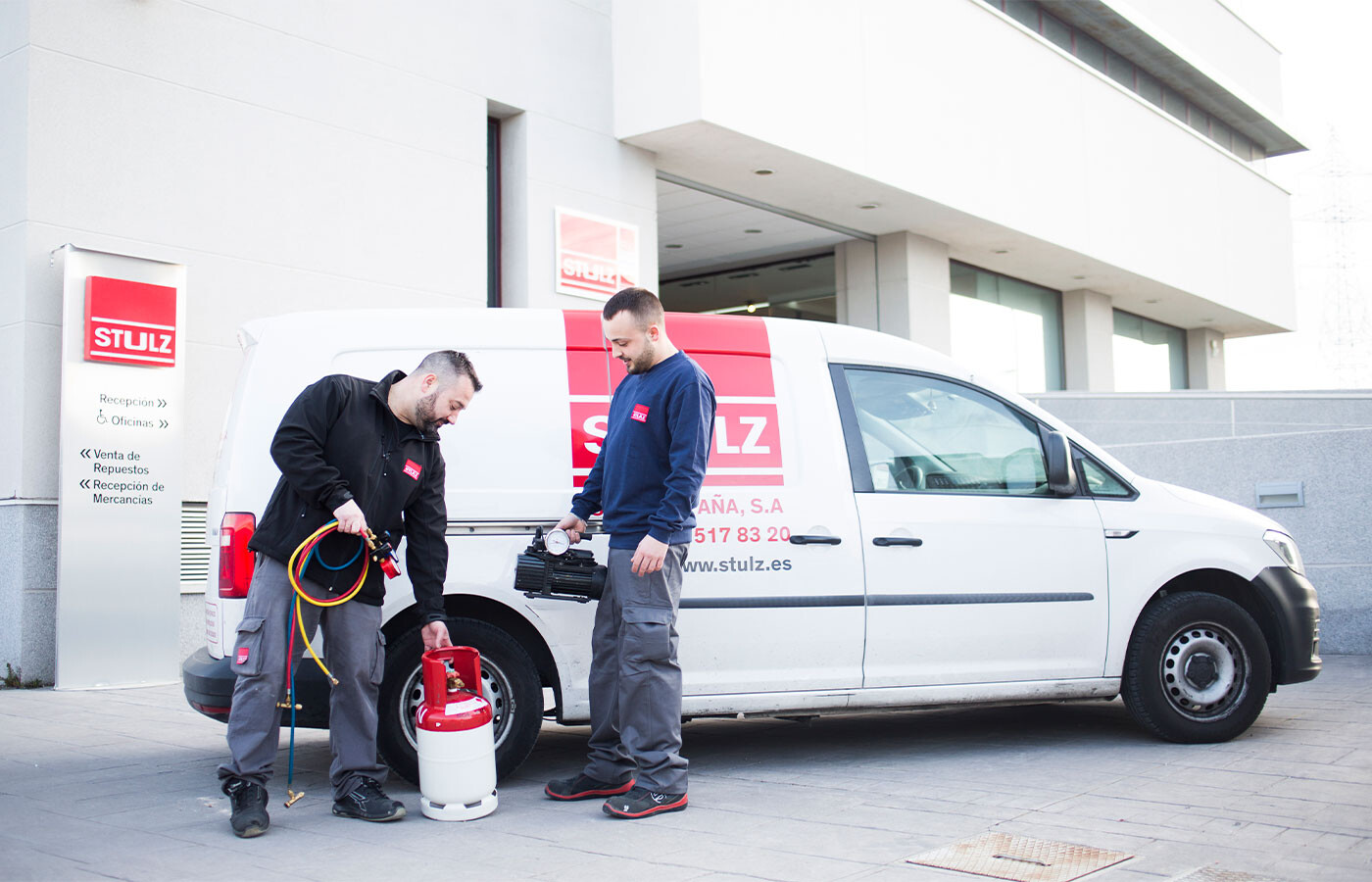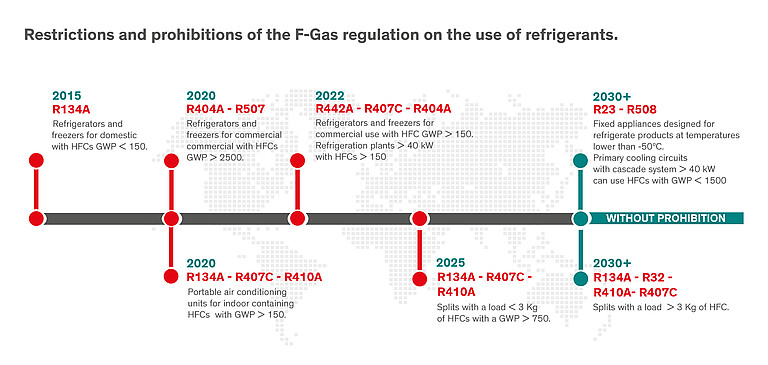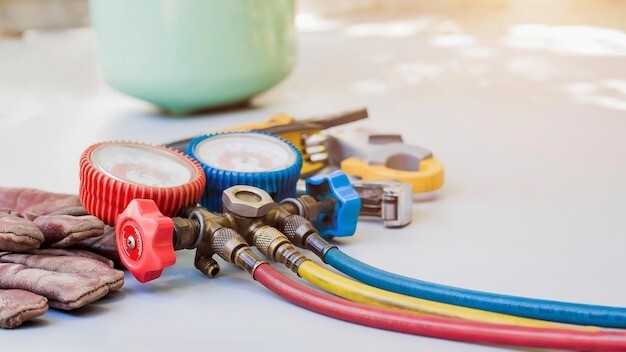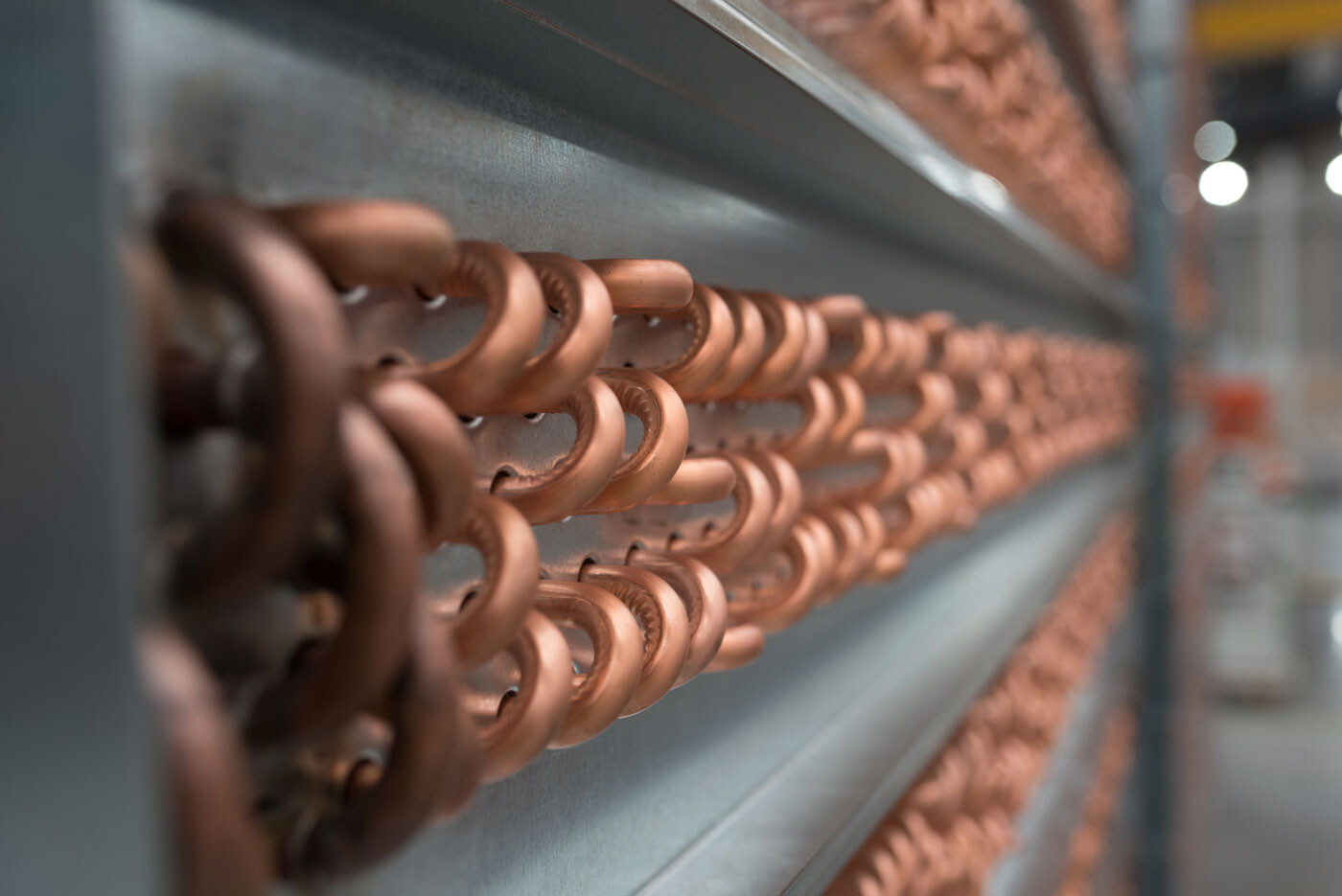Present and future of refrigerants

STULZ KNOW-HOW
Climate change is a reality that is clearly manifested in the latest environmental events we are experiencing. The net balance of energy entering and leaving the atmosphere is not null and one of the causes of this result is, in part, the gases used for refrigeration and air conditioning.
This reduction started in 2015 and will decrease the allowable supply of HFCs (the target is a 79% decrease in 2030 compared to the period 2009- 2012). In this context, in Spain, legislation has been passed with the approval of the new Safety Regulation for Refrigeration Installations under Royal Decree 552/2019 and its subsequent amendments.
In this context, which gases are more suitable for industrial refrigeration and in particular the strict control? what future awaits us?
APPLICABLE LEGISLATION
The standards and regulations governing refrigerant gases at the various stages of their industrial use are as follows:
- Royal Decree 552/2019, of September 27, approving the safety regulations for refrigeration installations and their complementary technical instructions.
- Technical guide for the application of the safety regulation for refrigeration installations and its complementary technical instructions of April 2021.
- Resolution of June 15, 2021, of the General Directorate of Industry and Small and Medium Enterprises, which modifies the resolution of March 15, which expands the list of refrigerants authorized by the Safety Regulation.
- Regulation (EU) No. 517/2014 of the European Parliament and of the Council, of April 16, 2014, on fluorinated greenhouse gases.
CURRENT STATUS AND NEAR FUTURE
Currently, in the refrigeration sector of strict control, the usual is the use of R134 and R410a. These gases are HFC's, that means, hydrofluorocarbon refrigerant gases, which correspond to the third generation of fluorinated refrigerant gases.
They were developed as the greenest alternative to CFCs (chlorofluorocarbons) and HCFCs (hydrochlorofluorocarbons),
having zero ozone depletion potential (ODP). HFCs are compounds made up of hydrogen, fluorine, and carbon atoms. As they do not contain chlorine, they are not considered ozone depleting substances.

The current advantages of these gases are as follows:
- They are high safety gases (A1) under Appendix 1 table A of instruction IF-02 of RD 552/2019. Are not flammable or toxic.
- There is still no expiration date for the use of the R134a in the commented applications.
- Its performance is very good for high capacities and low temperatures.
- R410a is a mixture of R-32 and R125 that form an almost azeotropic mixture, that is, it is a mixture almost pure, and in the event of a leak, it can be refilled.
- R134a is a pure refrigerant that can work at lower pressures than other HFCs with high efficiency energetic.
Therefore, STULZ continues to rely on these gases as the basis for its equipment and technology. However, given their high global warming potential (GWP) compared to other alternatives, it is necessary to think about their possible replacement in the medium term.

What alternatives has STULZ been working on in recent years?
Within the alternative refrigerants that have a PCA smaller than those mentioned above, but with similar thermodynamic properties, and in order to be able to make direct replacements or new designs with small modifications, it has been observed that R1234ze can be used as an alternative. The GWP 100 of R1234ze is 7. One of the great advantages of this gas is that it can operate at high outdoor and flow temperatures efficiently, thus improving performance and operating hours in case of freecoling, both direct and indirect.
Although it is classified as A2L, a characteristic important thing about R1234ze is the absence of flammability when mixed with air at a temperature below 30 °C environment. That is why it is considered non-flammable, for handling and storage, facilitating maintenance and systems operation.

STULZ ADVICE
Our equipment and units will always be at the forefront of energy and will be compatible with the demanding conditions set by current and developing environmental regulations.
At present, the alternatives based on R410a and R134a are the ones that present performance and operating conditions optimal for data processing centers and strict control services.
Objective values for EER, ESSER and durability of equipment and components support this. That is why STULZ offers equipment under this technology guaranteeing a minimum risk in operation with high energetic performance.
Getting ready for the near future, new equipment based on R1234ze will have equivalent performance with a smaller environmental footprint.

GUIDE
- P.A.O. – POTENTIAL OZONE DEPLETION “The ozone depletion potential is a number that refers to the amount of stratospheric ozone destruction caused by a substance. It is the ratio between the impact on ozone caused by a given substance and the impact caused by a similar mass of CFC 11. The CFC-11 depletion potential is defined as 1 and is the basis for its quantification.” In the case of R410a and R 134a it is zero as reported in the Appendix1 table A of instruction IF-02 of RD 552/2019
- A.W.P. - ATMOSPHERIC WARMING POTENTIAL. "The atmospheric warming potential indicates the amount of heat trapped by a ton of a gas that has escaped into the atmosphere in relation to the amount of heat trapped b a ton of CO2 in the atmosphere during a certain period of time, 100 years being the most frequent value. CO2 was chosen as the reference gas, giving it a value of 1". In the case of R410a it is 2088 and 1430 for R134a as reported in Appendix 1 table A of instruction IF-02 of RD 552/2019.
- REGULATION (EC) NO. 517/2014 (F-GAS). Regulation whose primary objective is to protect the environment by reducing emissions of fluorinated greenhouse gases, through the establishment of: rules on containment, use, recovery and destruction of fluorinated greenhouse gases, as well as on the conditions to the placing on the market of specific products and equipment containing fluorinated gases.
